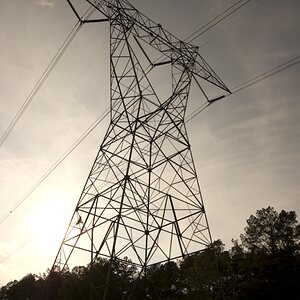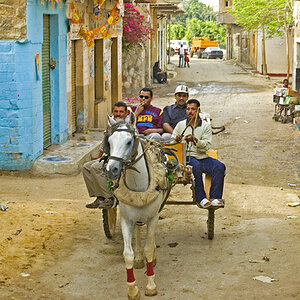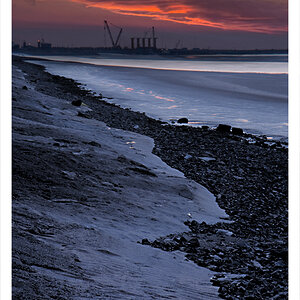jamesiwalker
TPF Noob!
- Joined
- Aug 26, 2006
- Messages
- 8
- Reaction score
- 0
I recently got a Canon Digital Rebel XT, a 50mm f/1.8 lens and
an extension tube set - 12mm, 20mm, and 36mm . I am still not
able to find how to get a good focal length using what I have.
The focal length is really narrow, basically most
flowers will be blurred at least in one spot when I take a photo,
unless the flower is really flat. How can I get quality focus and
close up? I can afford another lens but dont know if I need one -
any suggestions with working with what I have or suggestions on
if I should get another lens?
an extension tube set - 12mm, 20mm, and 36mm . I am still not
able to find how to get a good focal length using what I have.
The focal length is really narrow, basically most
flowers will be blurred at least in one spot when I take a photo,
unless the flower is really flat. How can I get quality focus and
close up? I can afford another lens but dont know if I need one -
any suggestions with working with what I have or suggestions on
if I should get another lens?


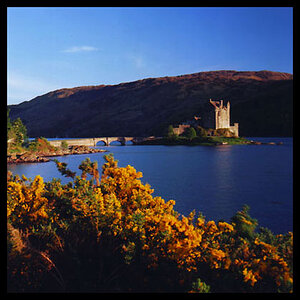
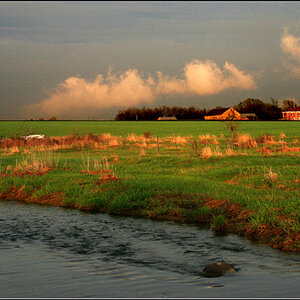
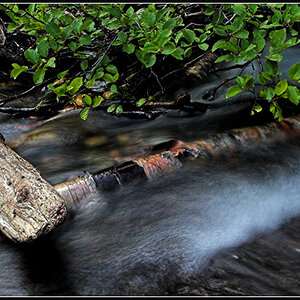
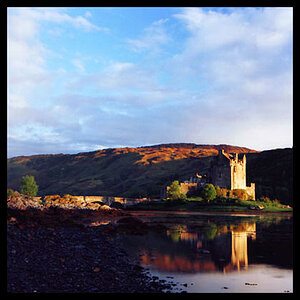
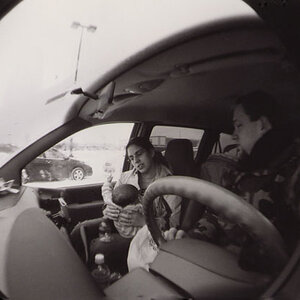
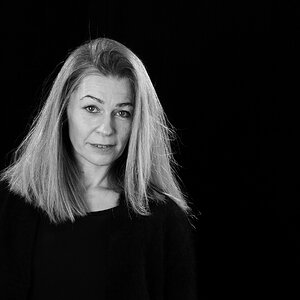
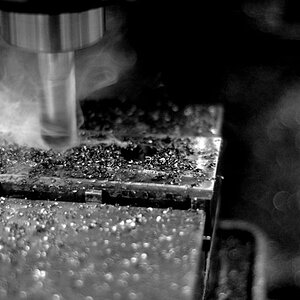
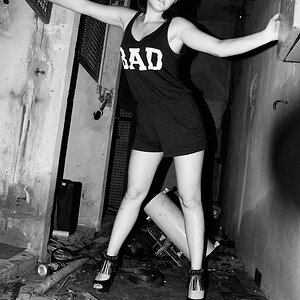
![[No title]](/data/xfmg/thumbnail/37/37604-7ad625e983f92f880eb65a264eeef5e4.jpg?1619738148)
